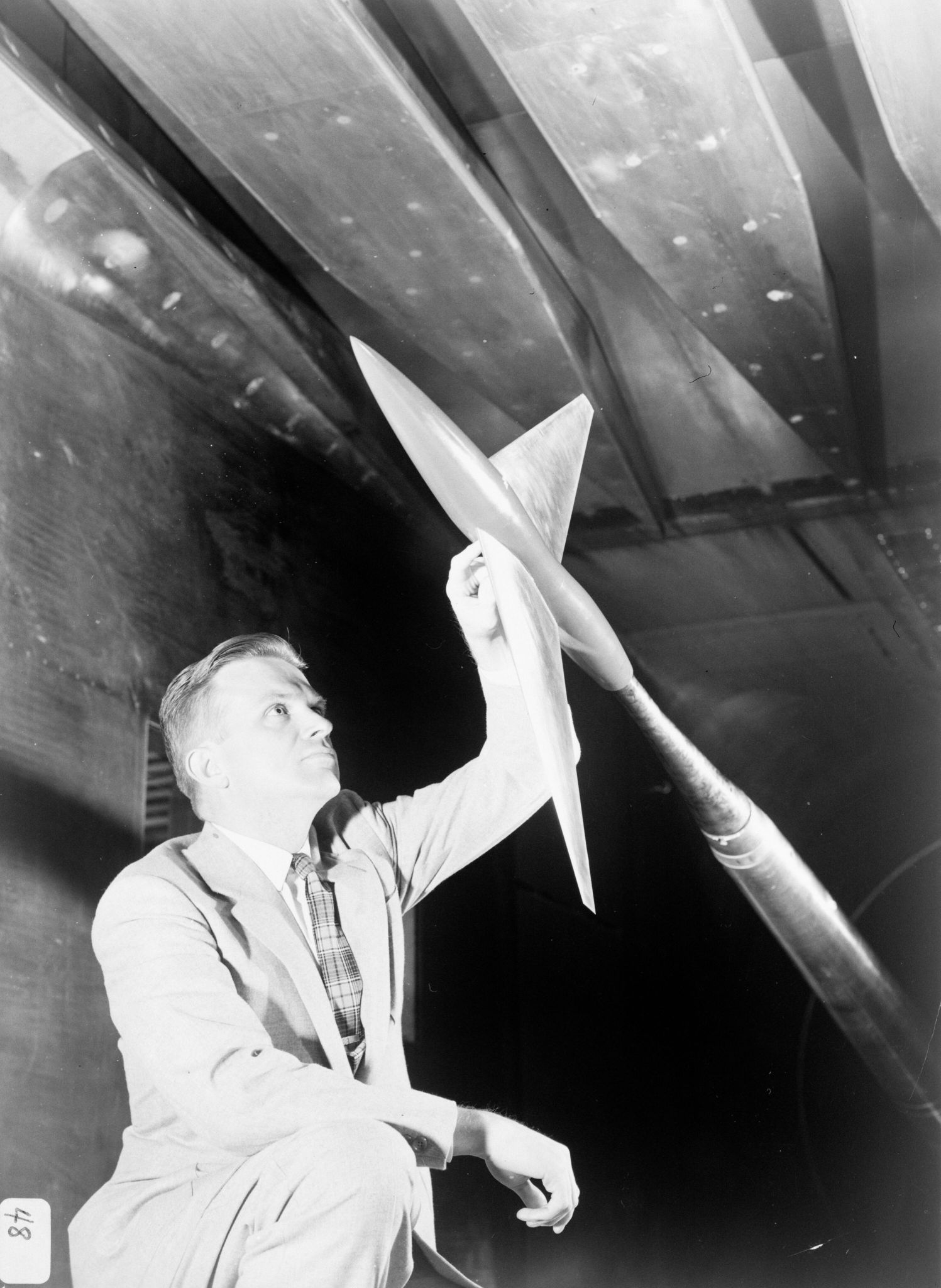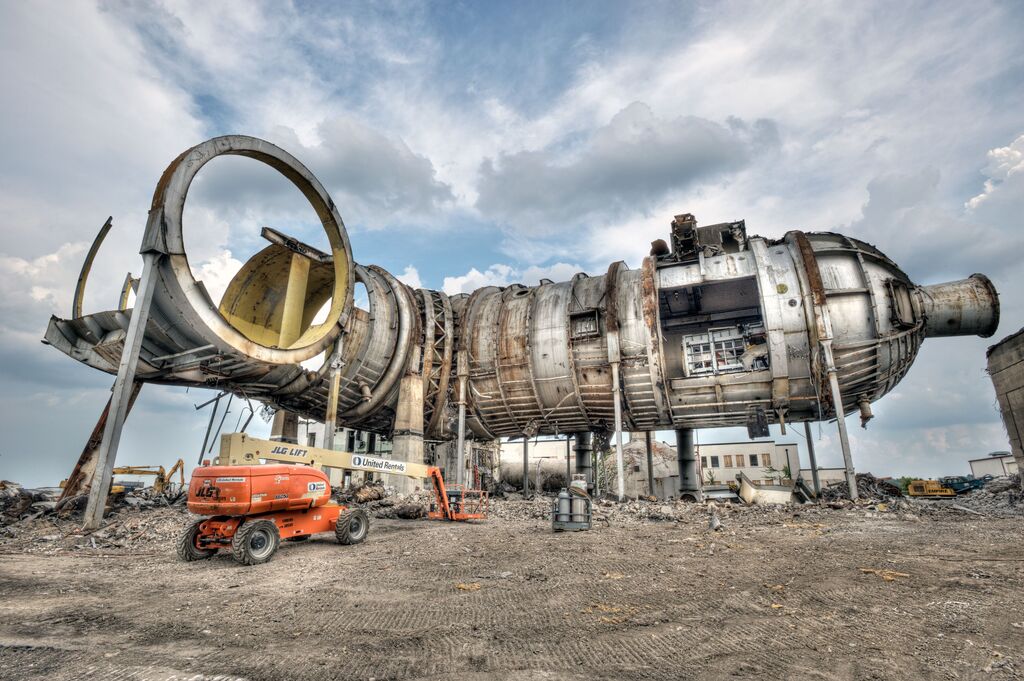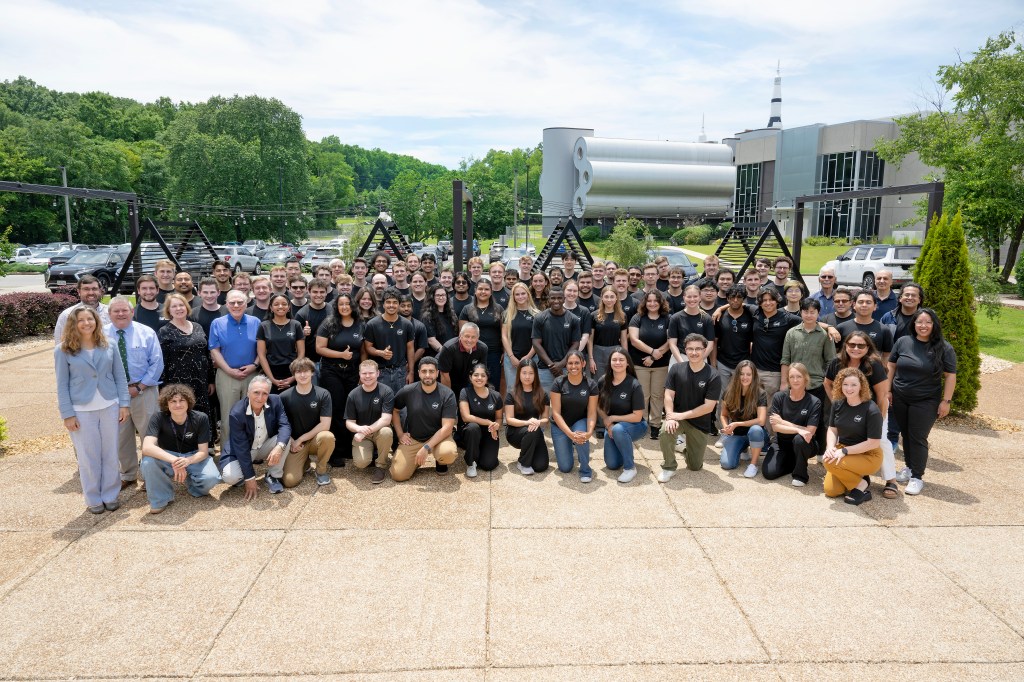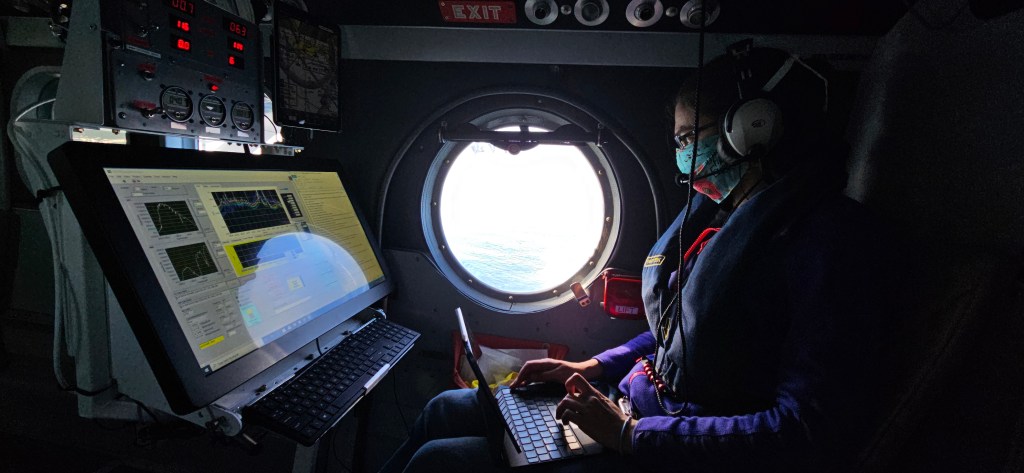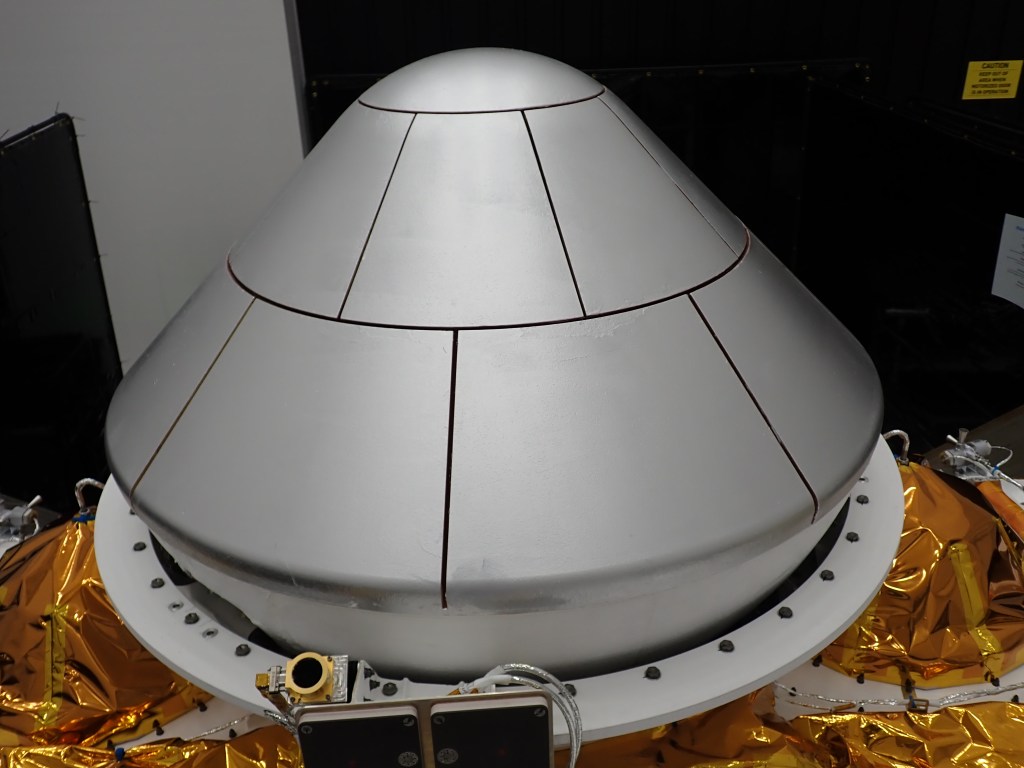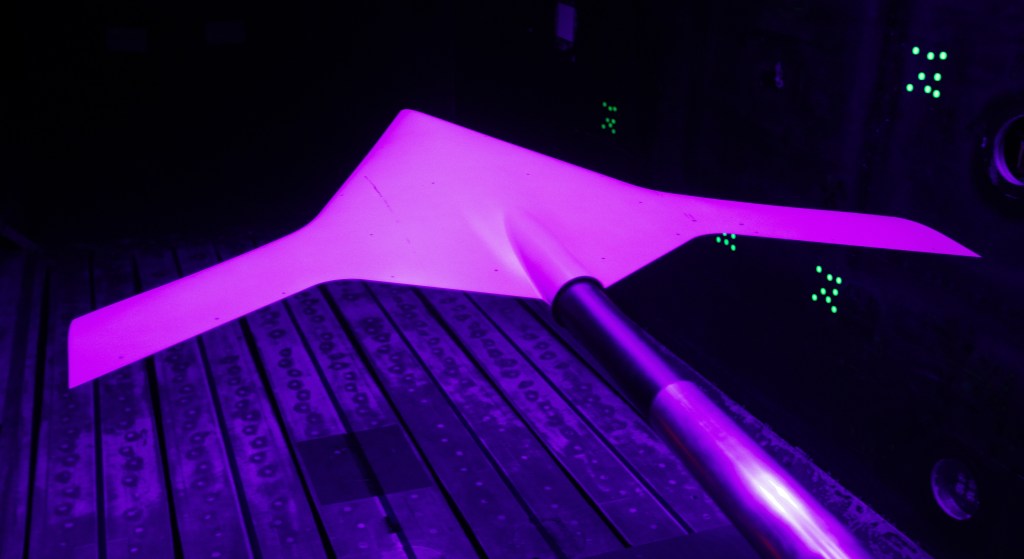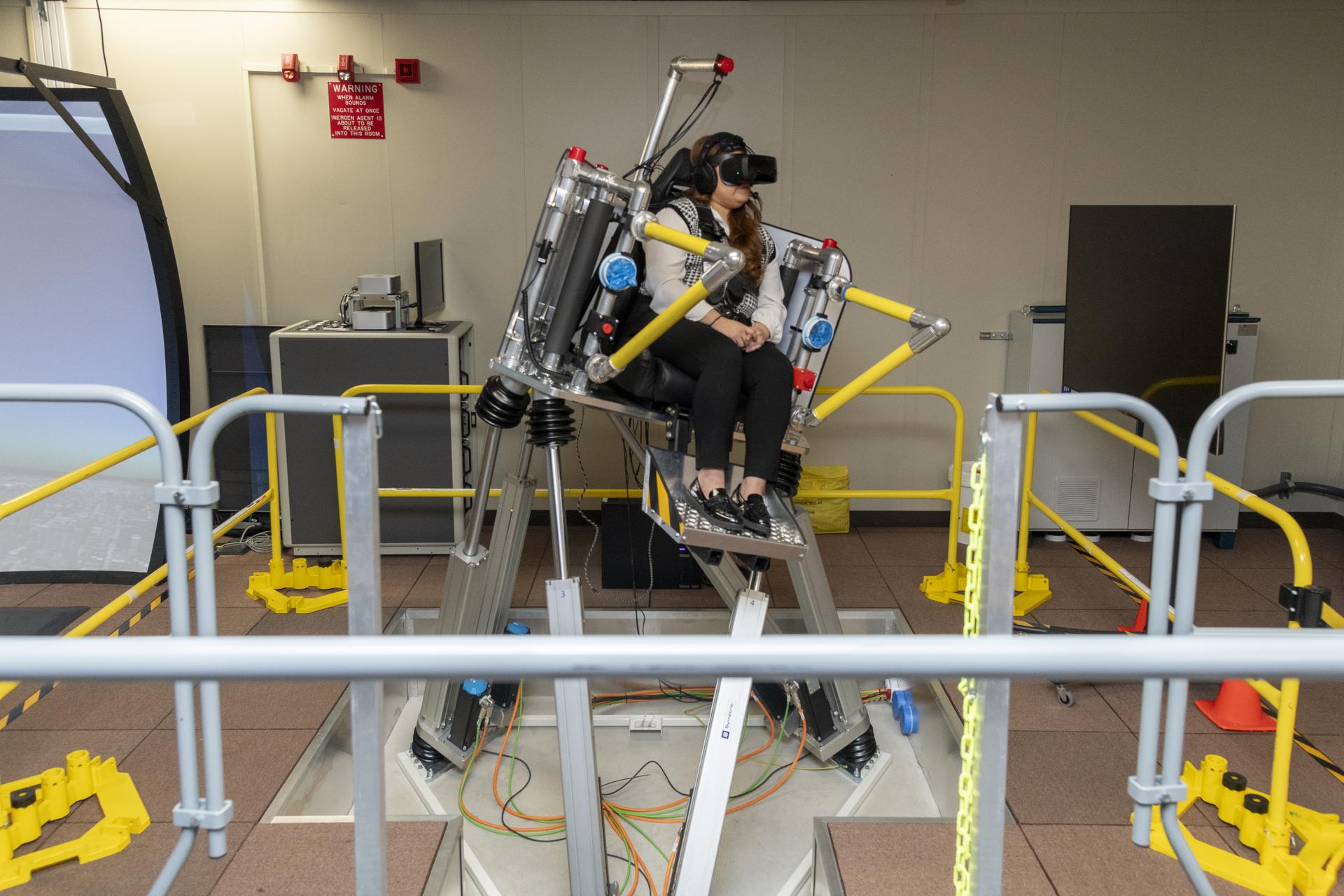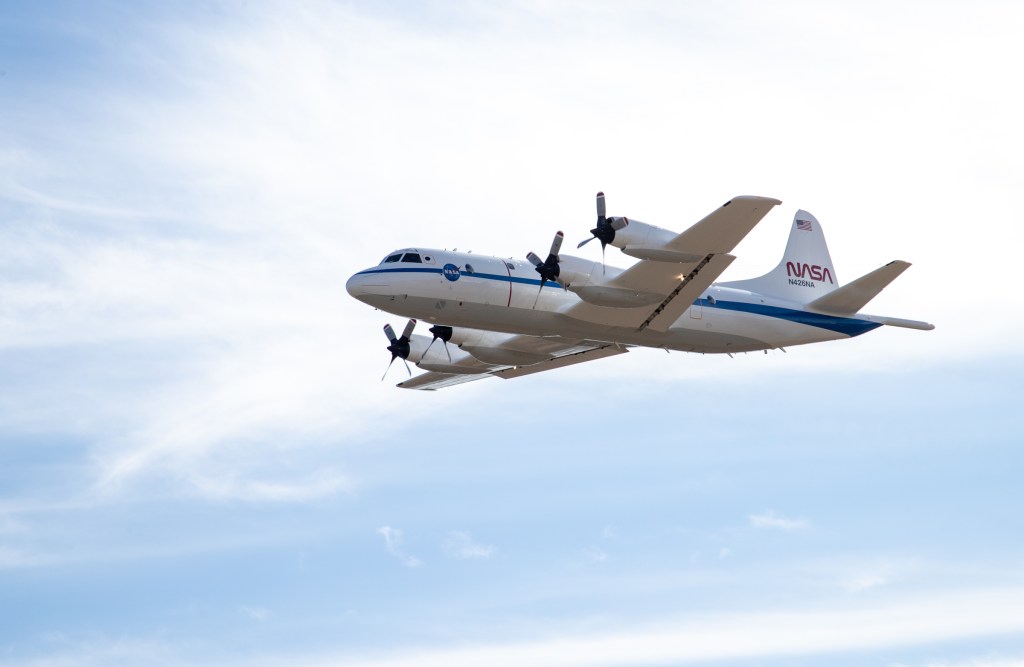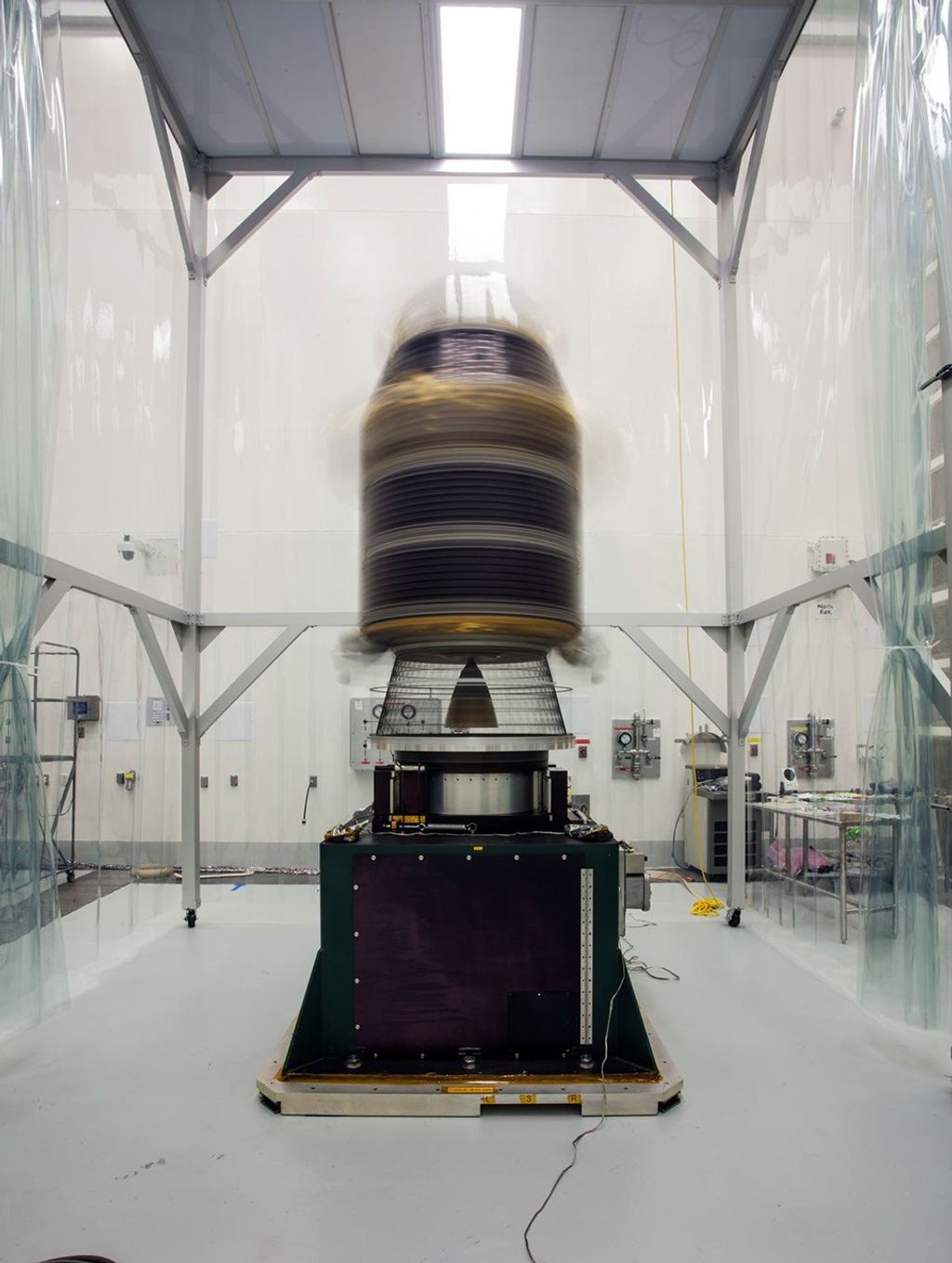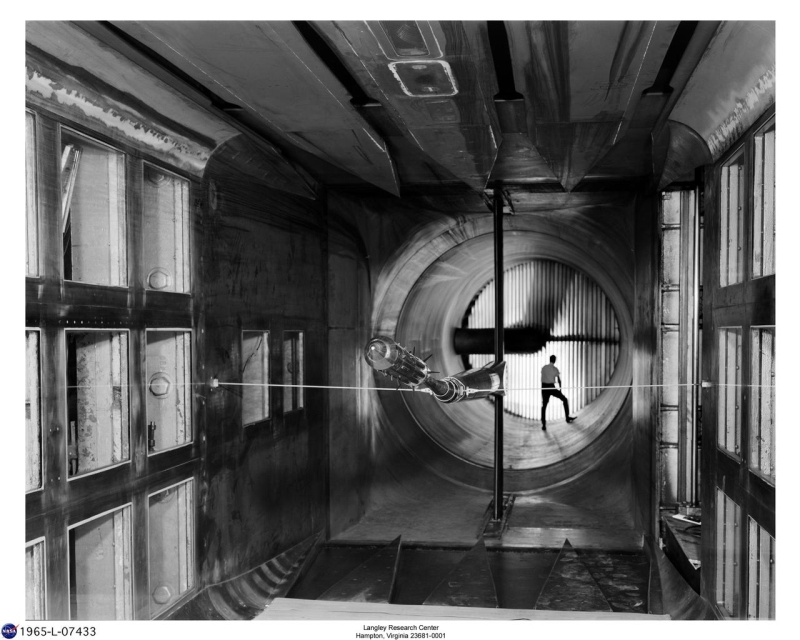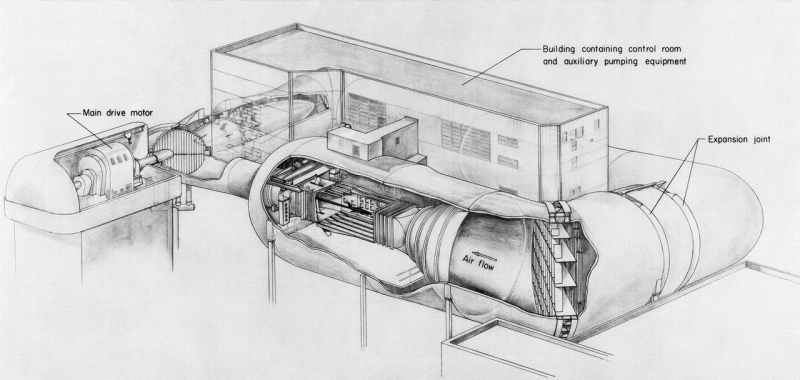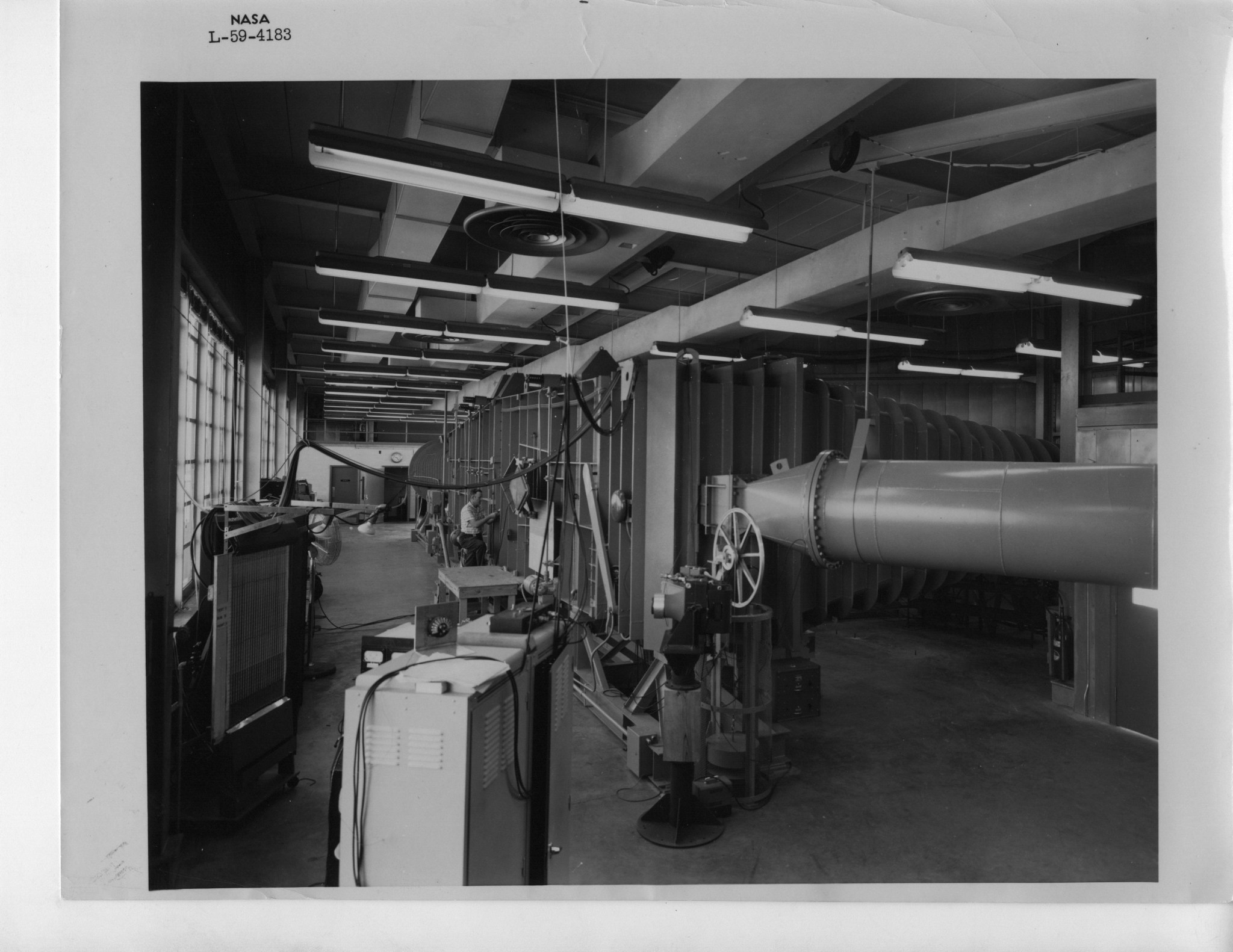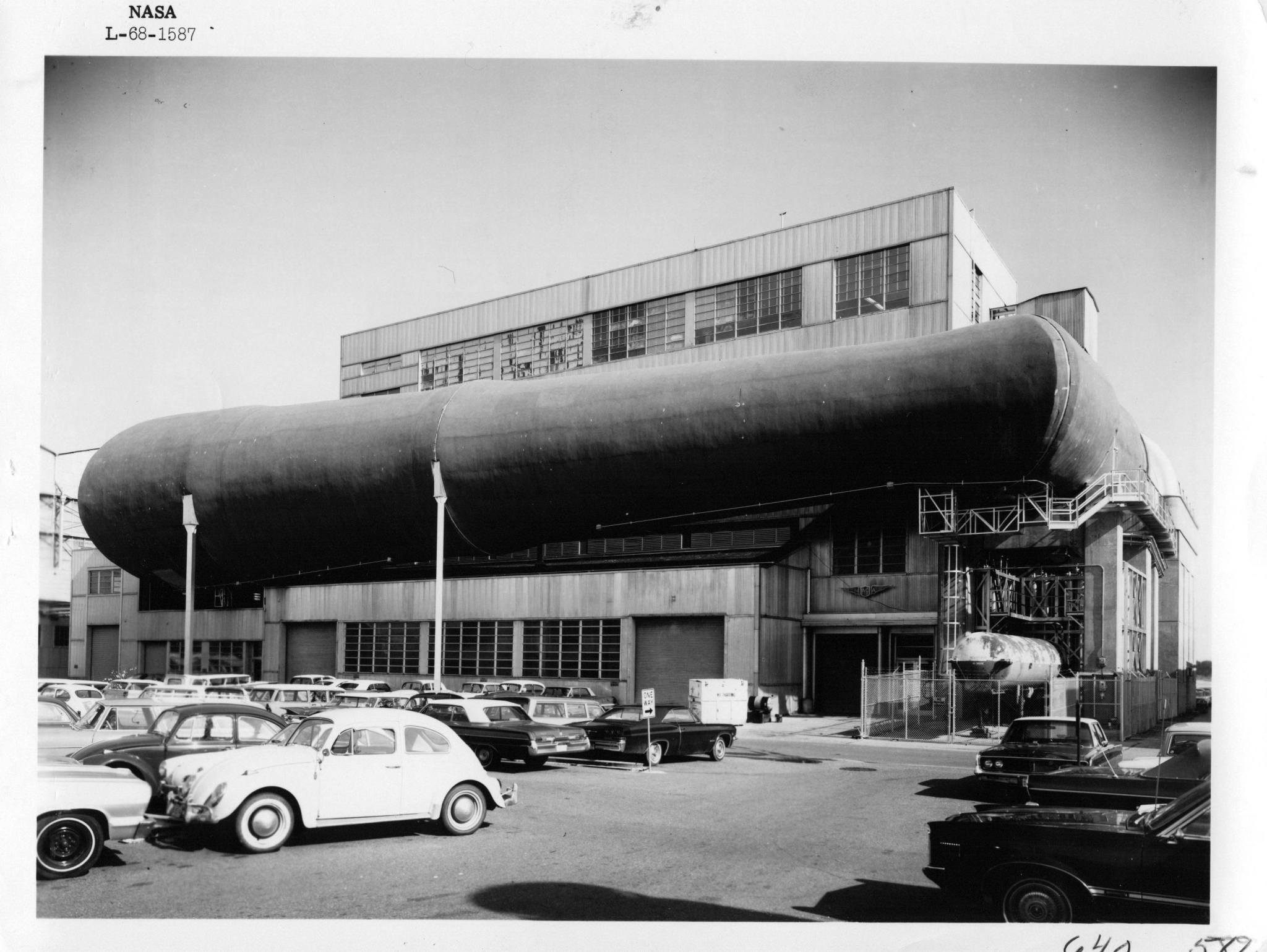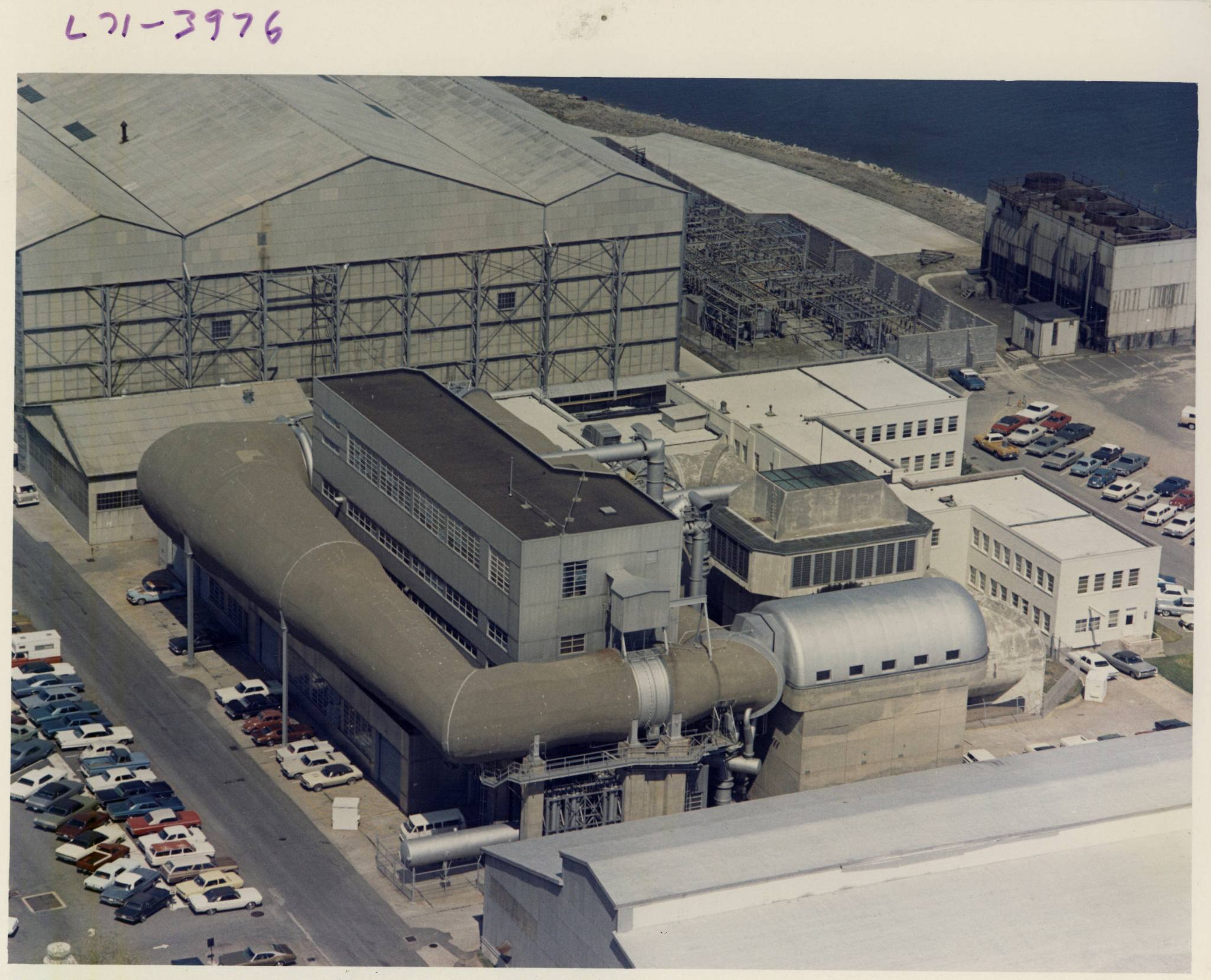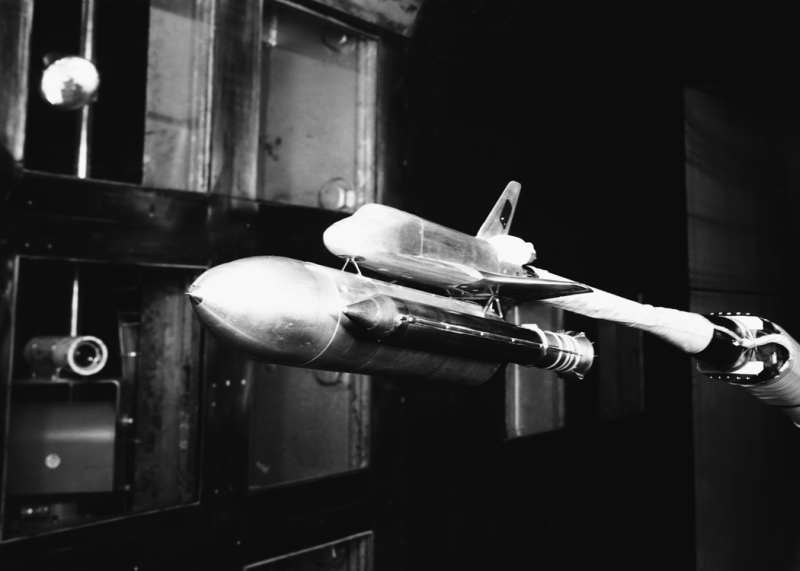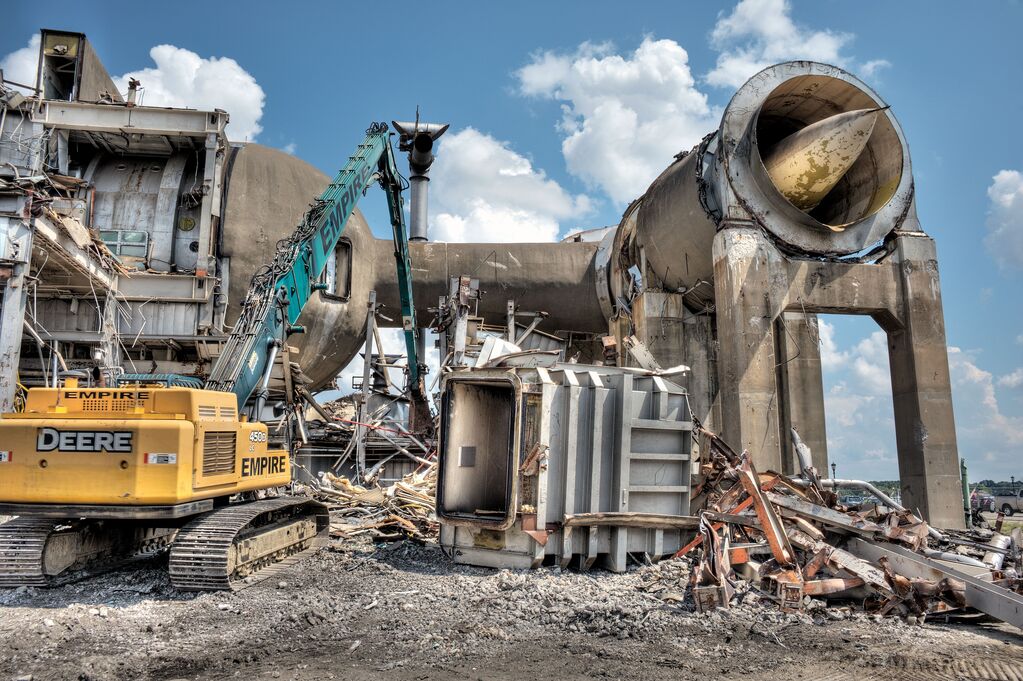Quick Facts
Year Built: 1953
Historic Eligibility: National Register Eligible
Important Tests: Shuttle Thermal Protection, supercritical airfoil, winglets, area-rule testing, laminar flow
History
In the years after World War II, Langley physicist Ray H. Wright observed that the interference from wind tunnel walls could be minimized by placing slots in the test section throat, a concept that became known as “slotted throat” or “slotted wall tunnel” design.
Experiments with this design revealed that it could allow for transonic speeds (up to and beyond the speed of sound, or Mach 1, approximately 761 mph at sea level). Although Langley’s retrofitted 8-foot and 16-foot high-speed tunnels were conducting transonic testing by the end of 1950, they experienced a number of problems, including excessive turbulence and high humidity and fog caused by drawing outside air into the main airstream for cooling. It soon became apparent that a completely new tunnel was necessary to fully exploit the usefulness of the new slotted throat design.
Langley’s 8-Foot Transonic Pressure Tunnel (TPT) was completed in 1953 on the former site of the Propeller Research Tunnel. It was capable of operating at pressures between 0.1 and 2.0 atmospheres, and had sophisticated air temperature and humidity controls. The air speed in the test section could be continuously varied up to Mach 1.2, depending on the size of the testing model. The addition of a new plenum section in 1958 increased the speed potential to Mach 1.3.
A study was made around 1960 to determine whether the 8-Foot TPT compressors could be utilized for powering a high Mach number facility. The result was the construction of a 2-Foot Hypersonic Facility on the second floor of the 8-Foot TPT. An ejector system obtained Mach numbers from 3 to 7, and the compressors supplied air at very low test-section densities. Simulation of the low densities was important for configurations designed for high altitudes where there was rapid boundary layer growth.
Many area-rule configurations, although originally developed in the 8-Foot High-Speed Tunnel, were tested in the 8-Foot TPT. The area-rule is the principle that — in practical terms — prompted the use of a compressed, or “wasp-waisted” fuselage design for supersonic jet fighters, allowing them to break what was popularly known as the sound barrier.
In the 1960s, the 8-Foot TPT was instrumental in the development of the revolutionary new supercritical airfoil. As a supersonic aircraft reaches the speed of sound, there is a point at which the air flowing over the wings reaches supersonic speeds while the plane itself is moving slower, causing a significant drag effect. Langley engineer Richard Whitcomb achieved a major breakthrough while researching this problem, developing a new airfoil (or wing cross-section) shape that would allow the wing to reach a higher speed before the airflow over it reached the speed of sound. Whitcomb and his research team extensively tested this new design, what he termed the “supercritical airfoil,” in the 8-Foot TPT. By the mid-1970s, supercritical wings were being used in the design of a wide variety of commercial and military aircraft, greatly increasing their speed, range, fuel efficiency, takeoff and landing performance, and maneuverability.
As with other early tunnels, computers were important to the research conducted at the 8-Foot TPT. In 1969, supervisory mathematician Helen Willey prepared, “A Manual for the Reduction of Data from the 8-Foot Transonic Pressure Tunnel.” This served as the reference book for the women who were responsible for mathematical calculations.
In the 1970s when fuel prices began spiraling upwards, the aircraft industry looked at ways to improve efficiency. The concept of winglets originated in the late 1800s in Britain but remained theoretical until the 1970s when Richard Whitcomb refined the concept and began testing his ideas. Winglets are vertical extensions on aircraft wing tips which proved to reduce aerodynamic drag associated with vortices that develop on the ends of aircraft wings. They continue to be used extensively throughout the aviation industry to this day. Whitcomb’s original work was conducted in the 8-Foot TPT.
The TPT was also used to investigate research concepts like laminar flow control. Many past and present aircraft and spacecraft were also tested in the 8-Foot TPT including: Saturn/Apollo; Scout Project; C-141; C-5; YC-15 (C-17); B-1; F-8; F-14; F-111; F/A-18; the Supersonic Transport; DC-10; Cessna Citation; and the Gates Learjet. Through the 1980s and 1990s, Langley engineers continued to use the 8-Foot TPT for testing, including evaluations of the Space Shuttle design, and experiments requiring subsonic and transonic capabilities.
Facing a surplus of tunnels in the post-Cold War era, NASA closed the facility in 1996. The facility was demolished in 2011. The small slotted-throat transonic test section, used by John Stack of Langley as the pilot model for the 8-Foot TPT, is on display at the Smithsonian’s Udvar-Hazy Center. Dr. John Anderson, the curator for Aerodynamics at the Smithsonian Institution’s National Air and Space Museum, stressed that the major historical significance of the 8-Foot Transonic Pressure Tunnel was that it was Dick Whitcomb’s Wind Tunnel.
Search the NASA Technical Reports Server for additional reports about research conducted in this facility. Examples include:
- Description of a 2-Foot Hypersonic Facility at the Langley Research Center – NASA Technical Reports Server (NTRS)
- An Experimental Investigation of Boundary Interference on Force and Moment Characteristics of Lifting Models in the Langley 16- and 8-foot Transonic Tunnels – NASA Technical Reports Server (NTRS)
- Simulation of time-varying ascent loads on arrays of shuttle tiles in a large transonic tunnel – NASA Technical Reports Server (NTRS)
Related Materials
A Manual for the Reduction of Data from the 8-Foot Transonic Pressure Tunnel
Building 640 Floorplan Prior to Demolition
